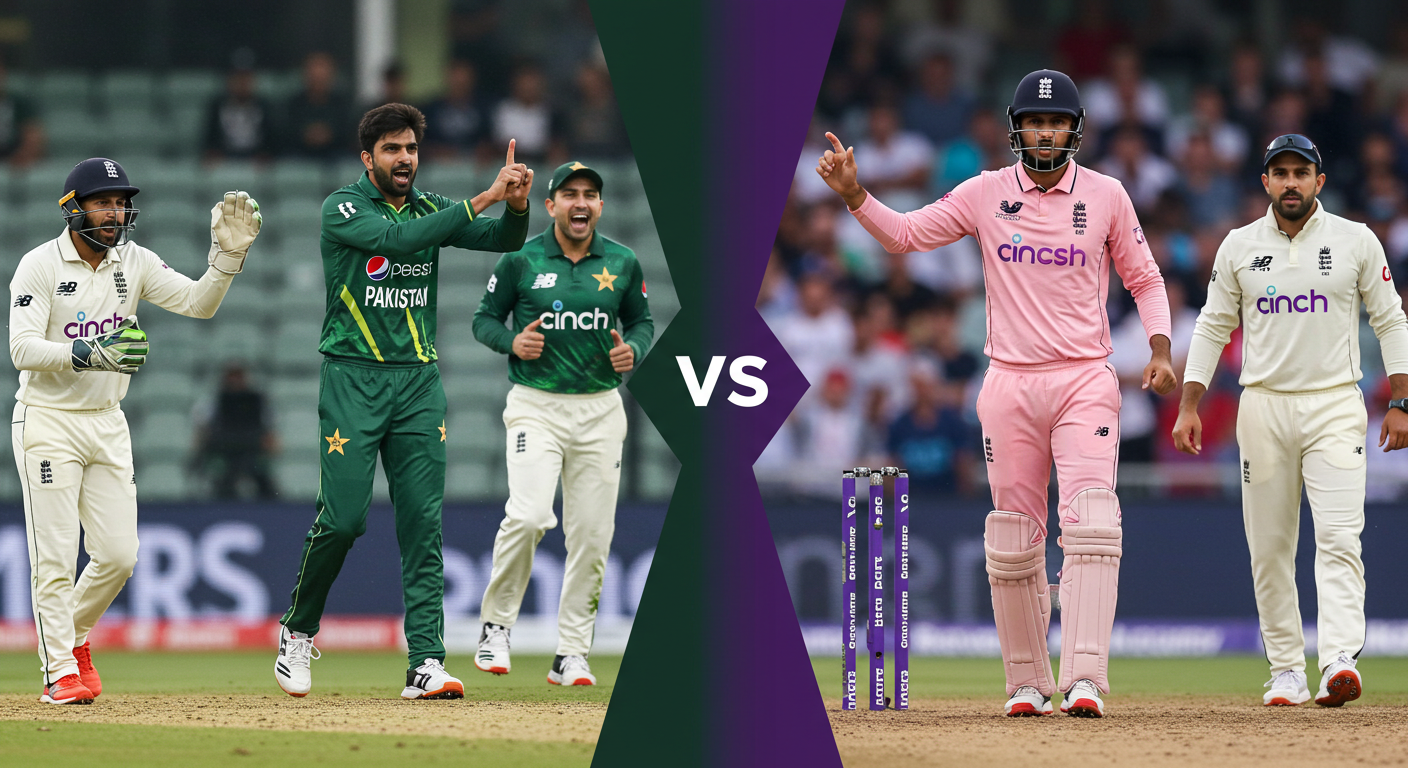Pakistan Cricket vs. Indian Bowlers: A Statistical and Tactical Analysis

Pakistan Cricket vs. Indian Bowlers: A Statistical and Tactical Analysis
The rivalry between India and Pakistan in cricket is legendary, fueled by passionate fans and high-stakes matches. This article delves deep into the fascinating dynamics of Pakistan’s batting against India’s bowling arsenal, examining performance trends, tactical approaches, and pivotal moments throughout history.
Unveiling the Statistical Battleground
Analyzing Pakistan’s performance against Indian bowlers requires a multifaceted approach. We’ll examine key statistics like average scores, strike rates, and dismissal types. This analysis will help us understand the strengths and weaknesses of Pakistan’s batting lineups when facing the Indian bowling attack over the years. Looking at the records, we will also delve into the specific vulnerabilities exhibited by Pakistan batsmen when confronted by different Indian bowling styles, from the relentless pace of Bumrah to the subtle variations of an experienced spinner.
Furthermore, we’ll quantify how the success rate of different Indian bowlers against Pakistan batsmen correlates to playing conditions, venues, and the overall momentum of the match. For example, does a particular ground favor a certain type of bowler, leading to variations in Pakistan’s approach? Understanding these factors provides crucial insights into the complexities of this cricketing duel.
Factors Influencing Batting Performance
Beyond simple statistics, several crucial factors influence Pakistan’s batting performance against Indian bowlers. Let’s explore some of these key elements:
1. Bowling Tactics and Variations: Indian bowlers, renowned for their variety, are adept at adjusting their strategies. A key factor is their ability to switch between pace, spin, and variations of the same, consistently challenging Pakistan’s batsmen. How do Pakistan’s batsmen react to these tactical adjustments? This is a fascinating area for analysis.
2. Field Placement and Tactical Pressures: Fielding placements often play a pivotal role in shaping the outcome of a match. We’ll look at how Indian fielders utilize different field placements to restrict run flow and create pressure on Pakistani batsmen. Did certain placements have a greater impact on Pakistan’s scoring abilities than others?
3. Mental Fortitude and Pressure Situations: In high-pressure situations, like World Cups or crucial matches, mental resilience becomes paramount. How do Pakistan’s batsmen respond to the immense pressure exerted by Indian bowlers, and how do mental conditioning and match strategies influence their performances?
4. Changing Playing Conditions and Venues: Different venues and conditions can significantly alter the dynamics of the game. Are certain venues or climates more conducive to successful batting against particular Indian bowlers, and how do Pakistan adjust their game plans to the changing conditions?
Historical Context and Turning Points
The rivalry between Pakistan and India in cricket is steeped in history. Analyzing past matches reveals specific instances where Pakistan’s batsmen struggled against particular Indian bowlers, along with moments where they excelled. These turning points can provide valuable insight into their strengths and vulnerabilities against the Indian bowling attack.
Let’s delve into pivotal matches: were the results influenced by specific bowling strategies, or were there other contributing factors? Analyzing these turning points reveals crucial elements of this intense cricketing rivalry, shedding light on the evolution of the game itself.
Tactical Approaches and Adaptations
Over the years, Pakistan’s batting approach against Indian bowlers has evolved. How have Pakistan’s batsmen adapted to different Indian bowling styles, and what strategies have they employed to overcome challenges? This evolution reflects their tactical learning and strategic thinking.
Key Takeaways and Future Predictions
By combining statistical analysis with a detailed understanding of tactical approaches and historical context, we gain a comprehensive perspective on the interaction between Pakistan’s batting and India’s bowling. We’ll explore potential future outcomes based on current performance trends. Could this analysis provide insights for future match predictions?
This in-depth analysis provides valuable lessons not just for cricket enthusiasts but also for aspiring players and coaches. Understanding the tactical approaches and performance patterns allows for better preparation and strategic planning in the face of tough opponents. Will these lessons contribute to future success on the field?
Conclusion
The Pakistan-India cricketing rivalry is a testament to the dynamic nature of this sport. This article offers a comprehensive look at the fascinating interplay between Pakistan’s batting and India’s bowling, drawing on historical data, tactical insights, and overall performance trends. By dissecting the key factors influencing performance and analyzing critical historical moments, we gain a deeper understanding of this intense cricketing duel. What are your thoughts on this strategic analysis?
Understanding this complex dynamic not only adds another layer to the enjoyment of cricket but also potentially unlocks crucial strategies for future success in this historic rivalry.